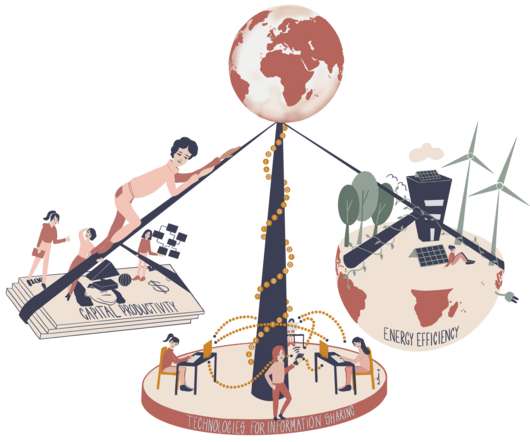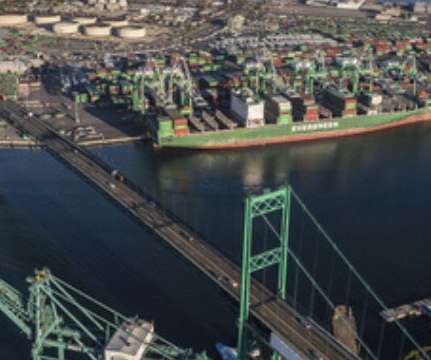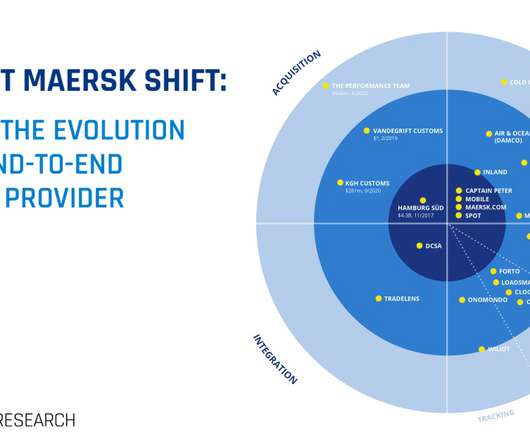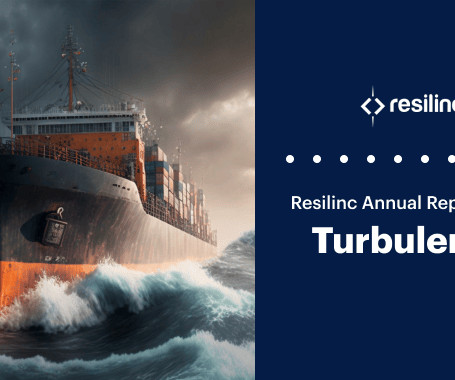COP26: 5Zs that changed the world
The Logistics & Supply Chain Management Society
DECEMBER 21, 2021
In respect to logistics and transport something remarkable happened at COP26. came from trucks carrying cargo. The initiatives launched at COP26 will significantly reshape the transport and logistics ecosystem, its fleets, its infrastructure and its practices. COP26 has received more attention than previous summits.
















Let's personalize your content